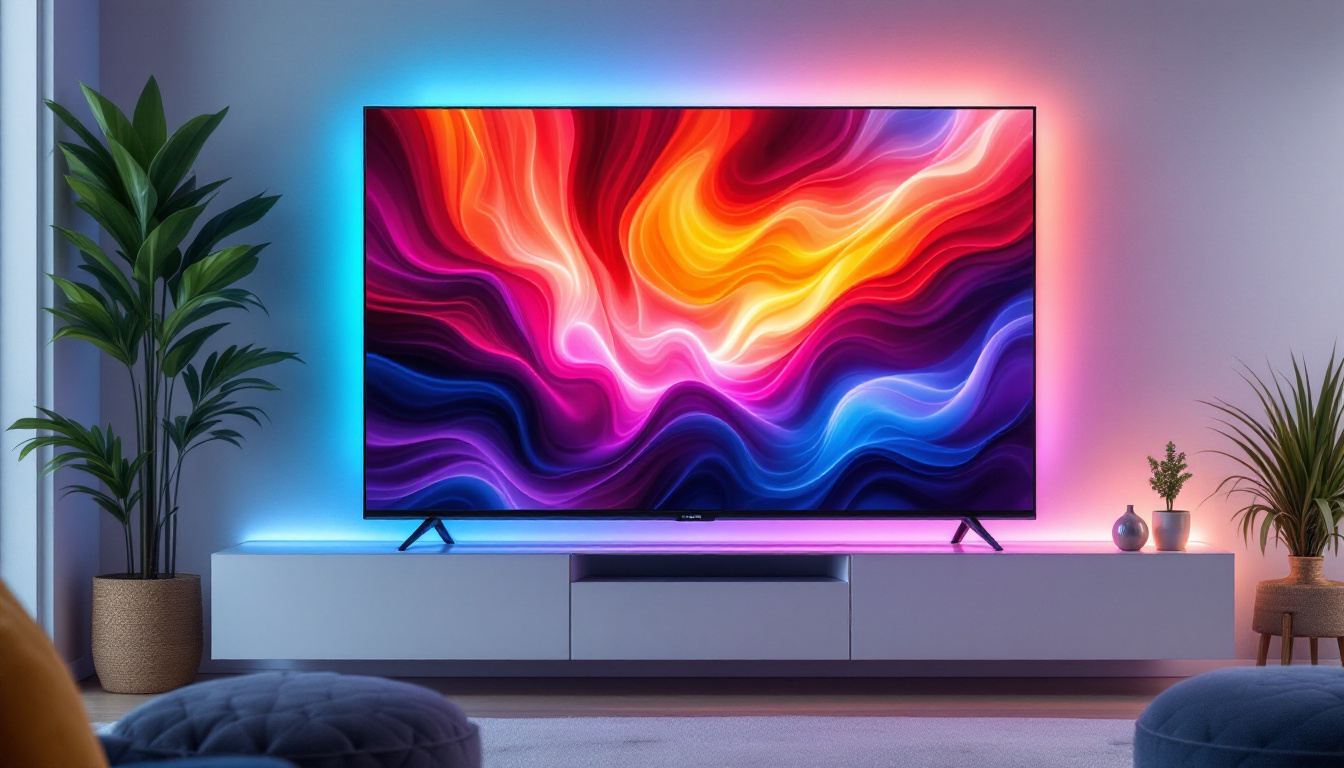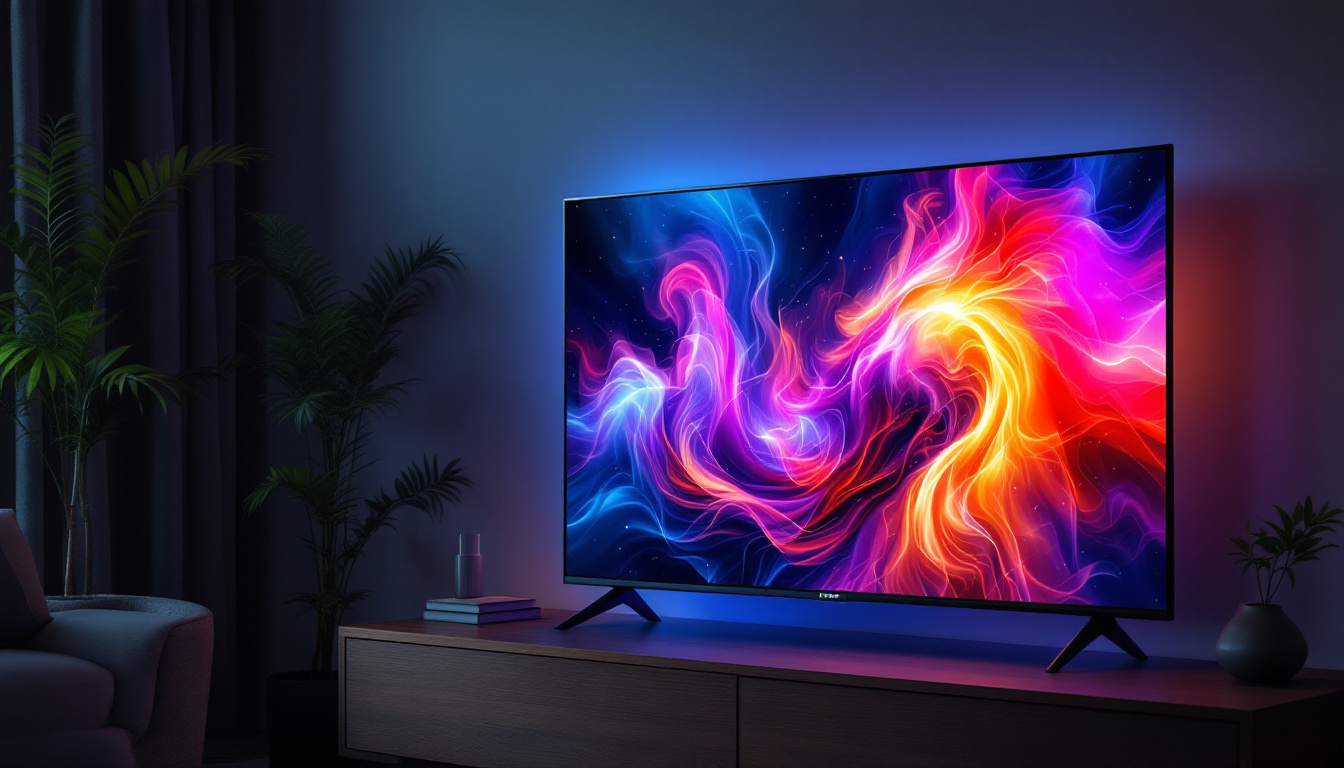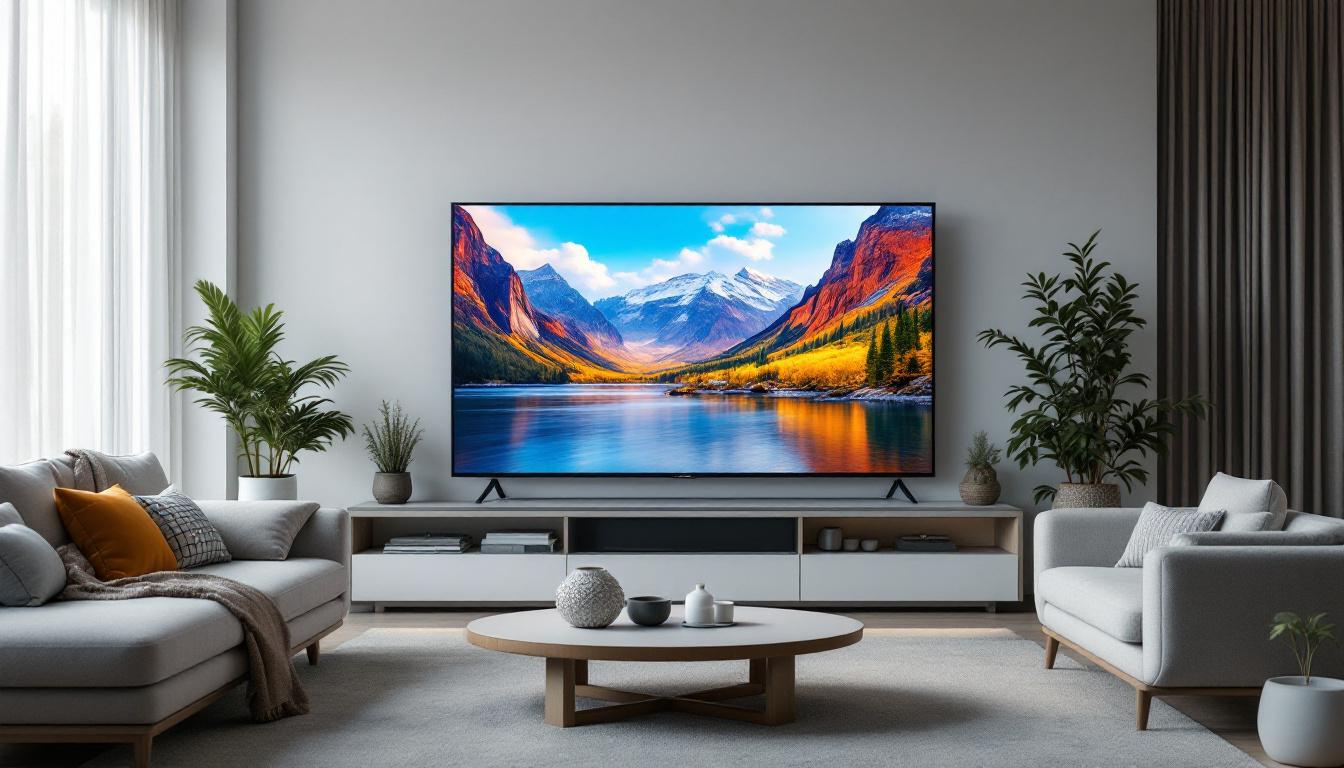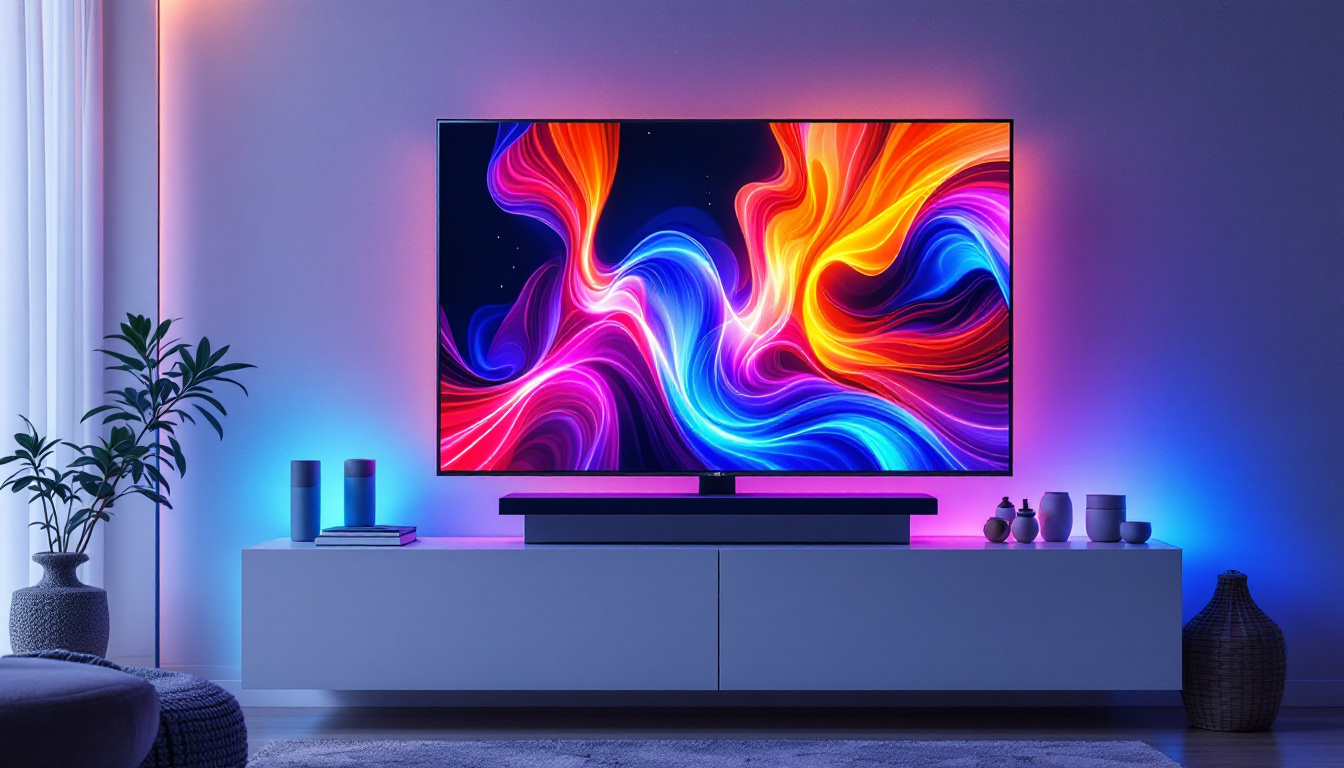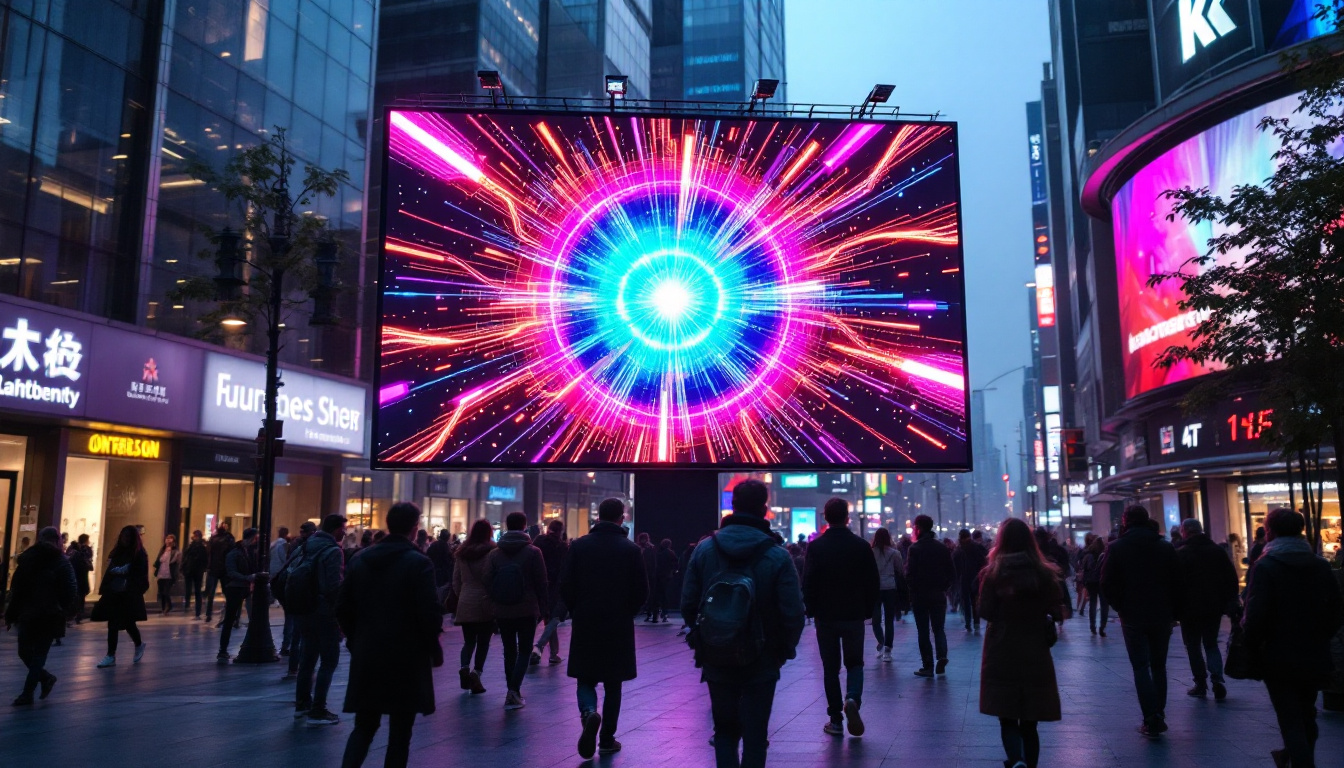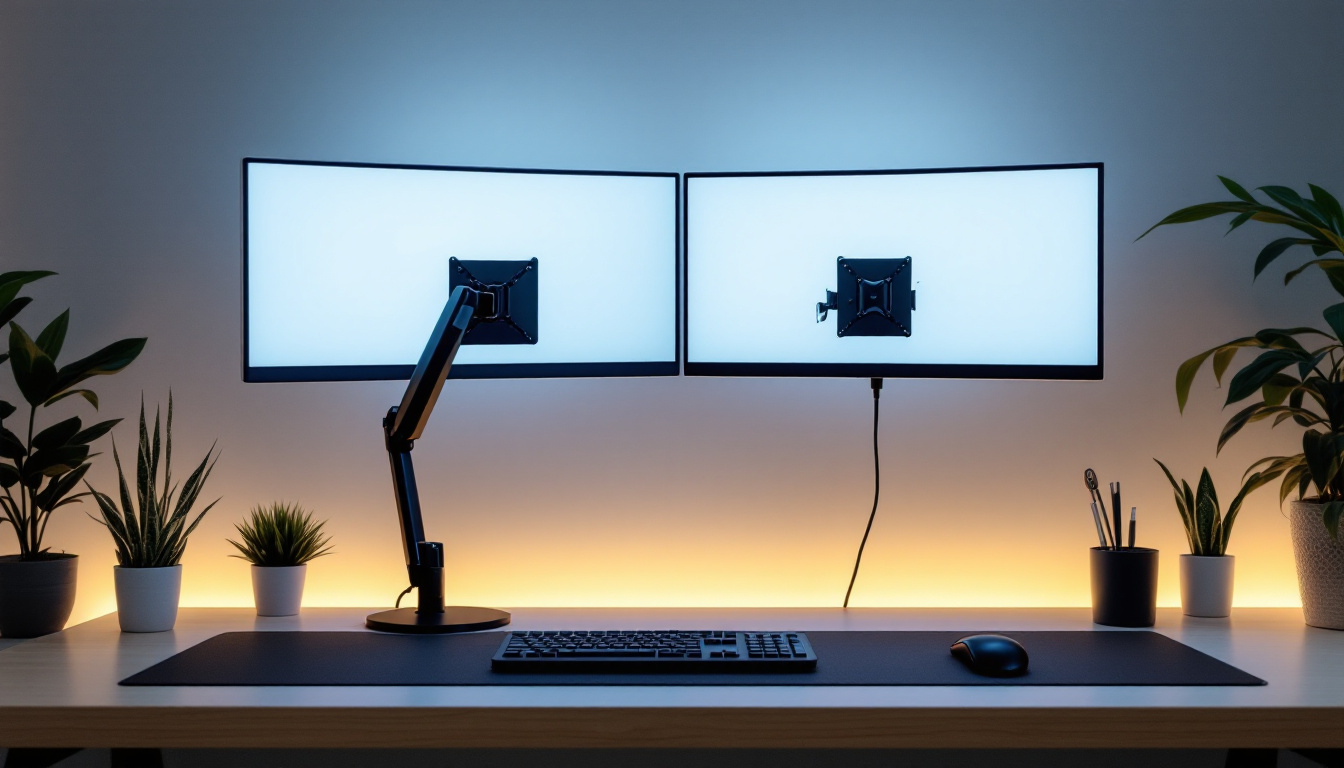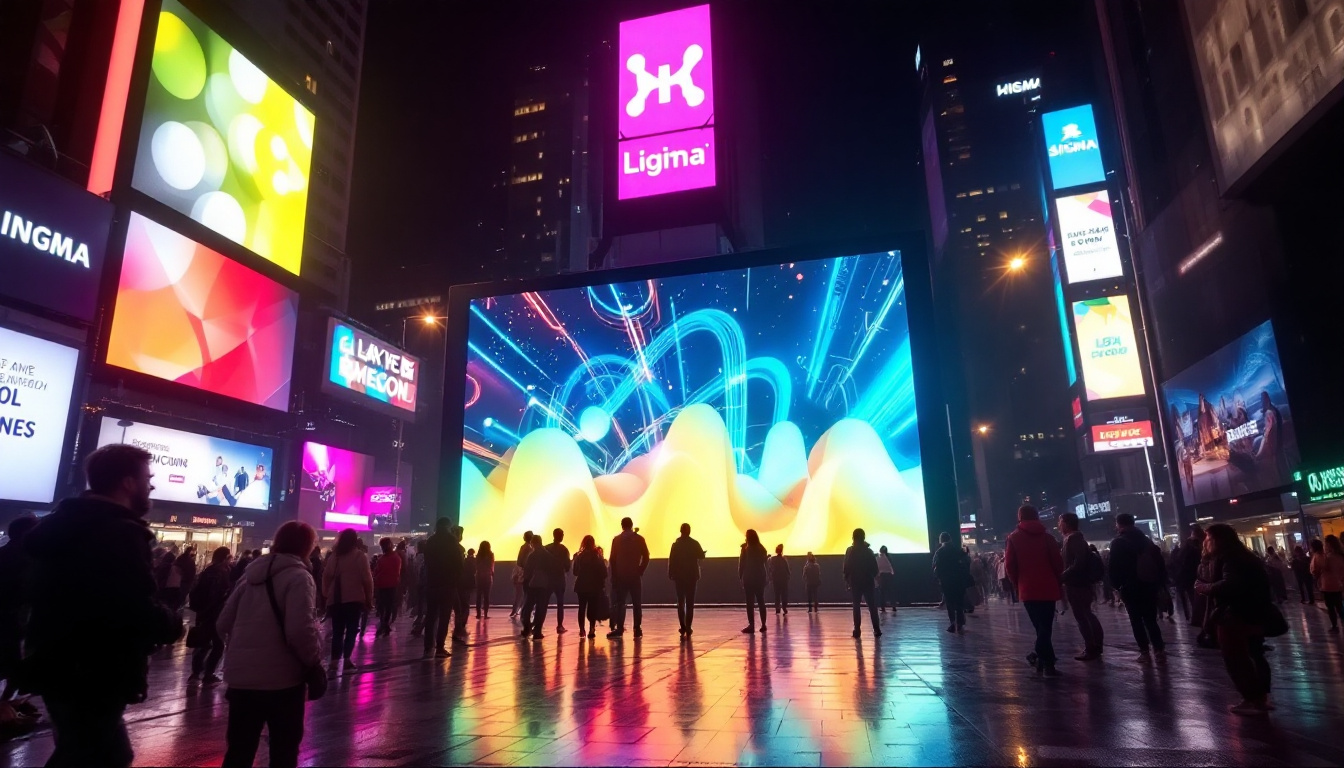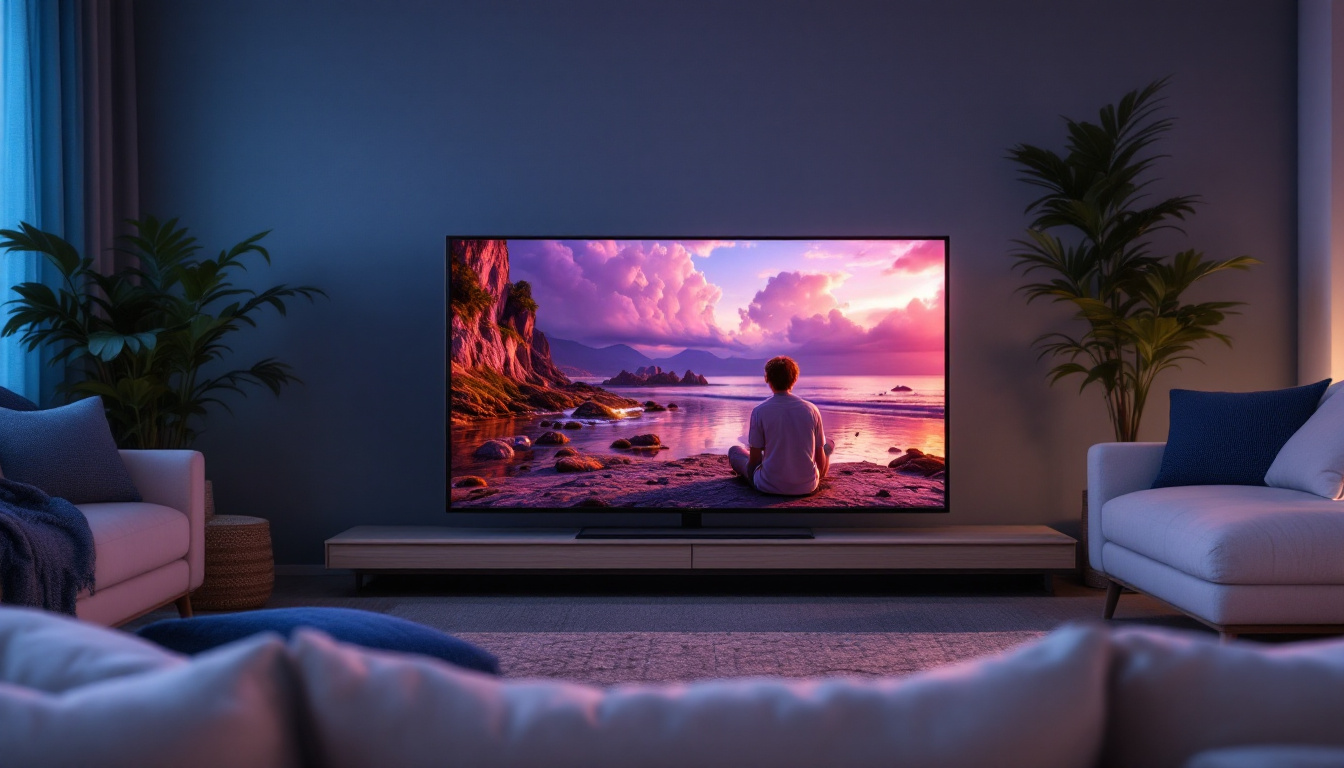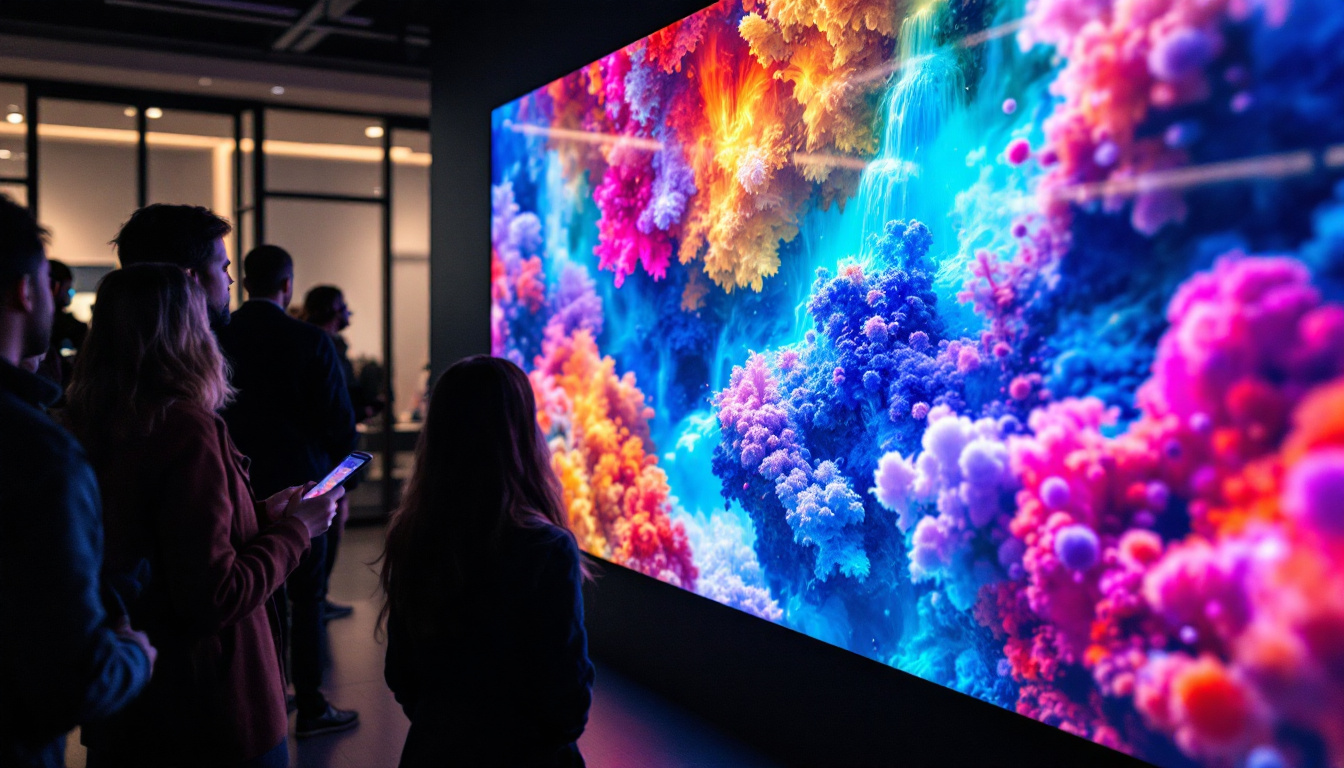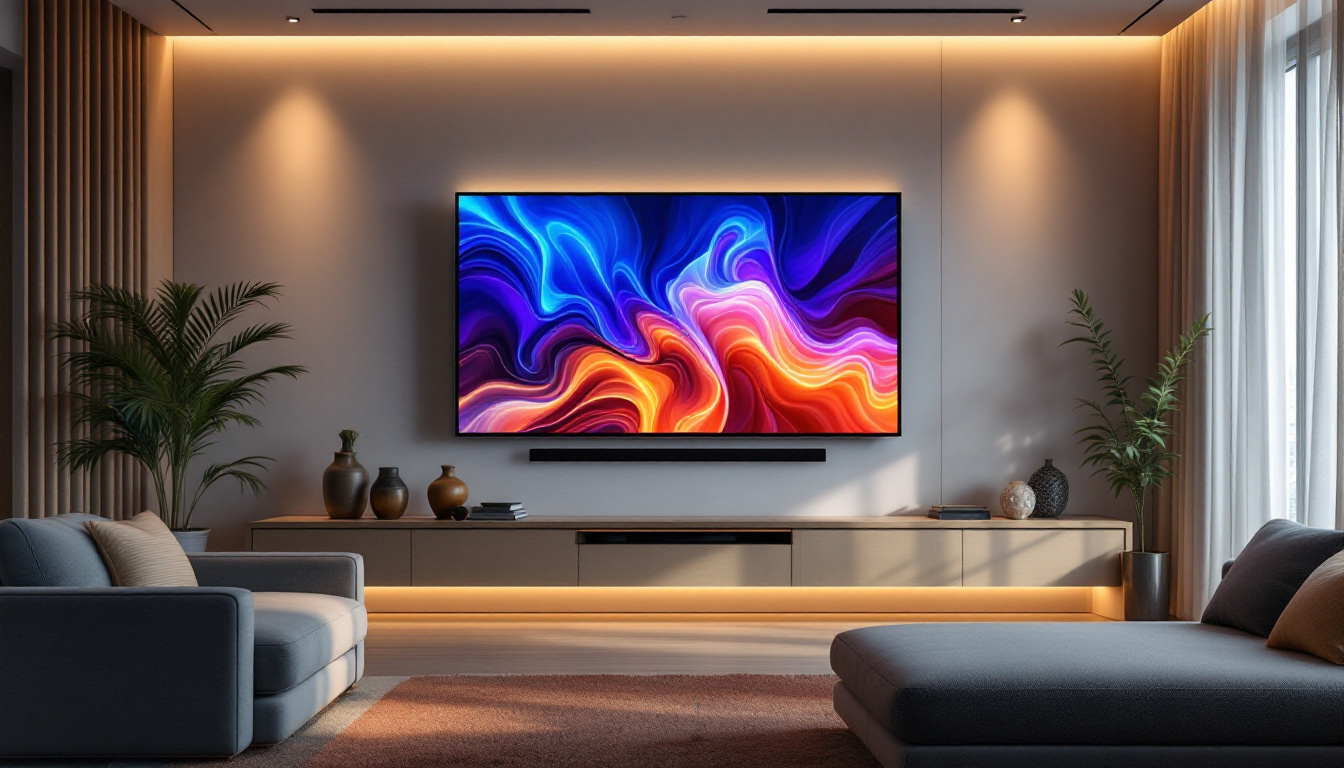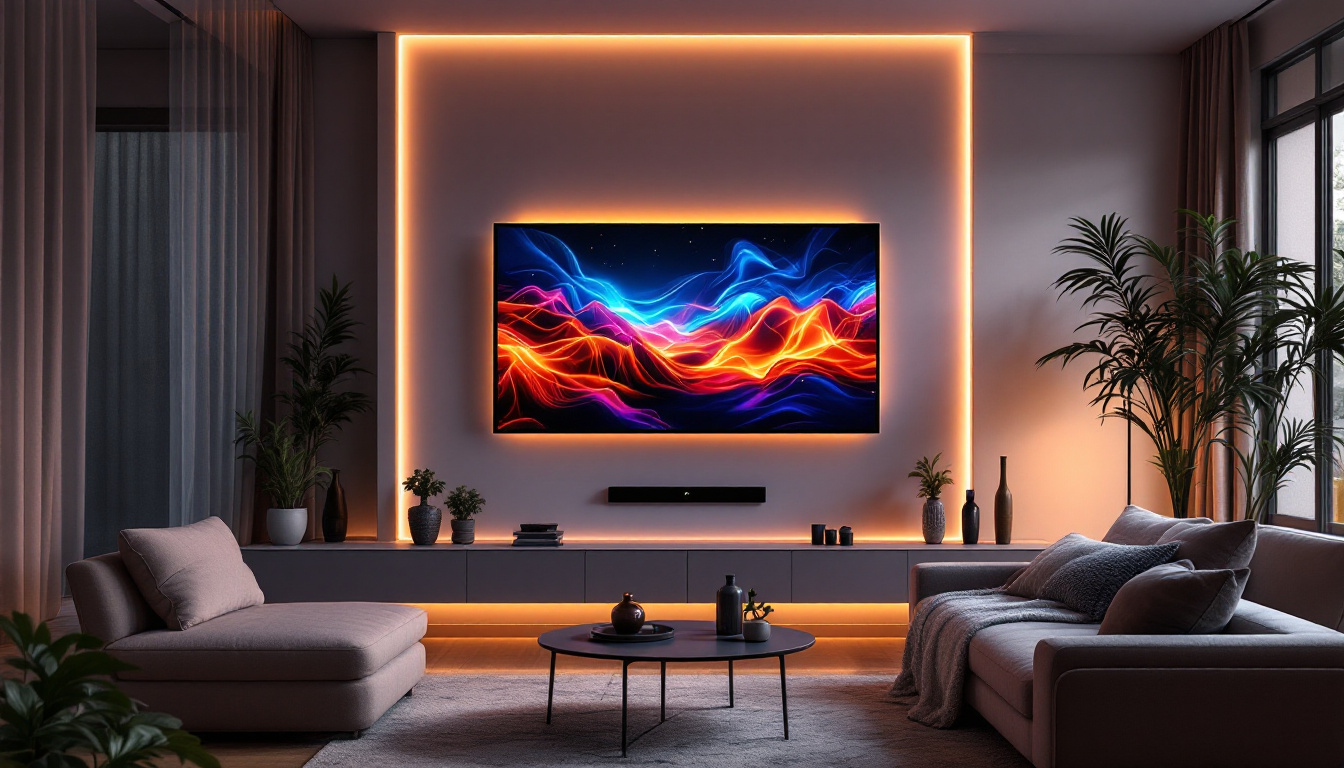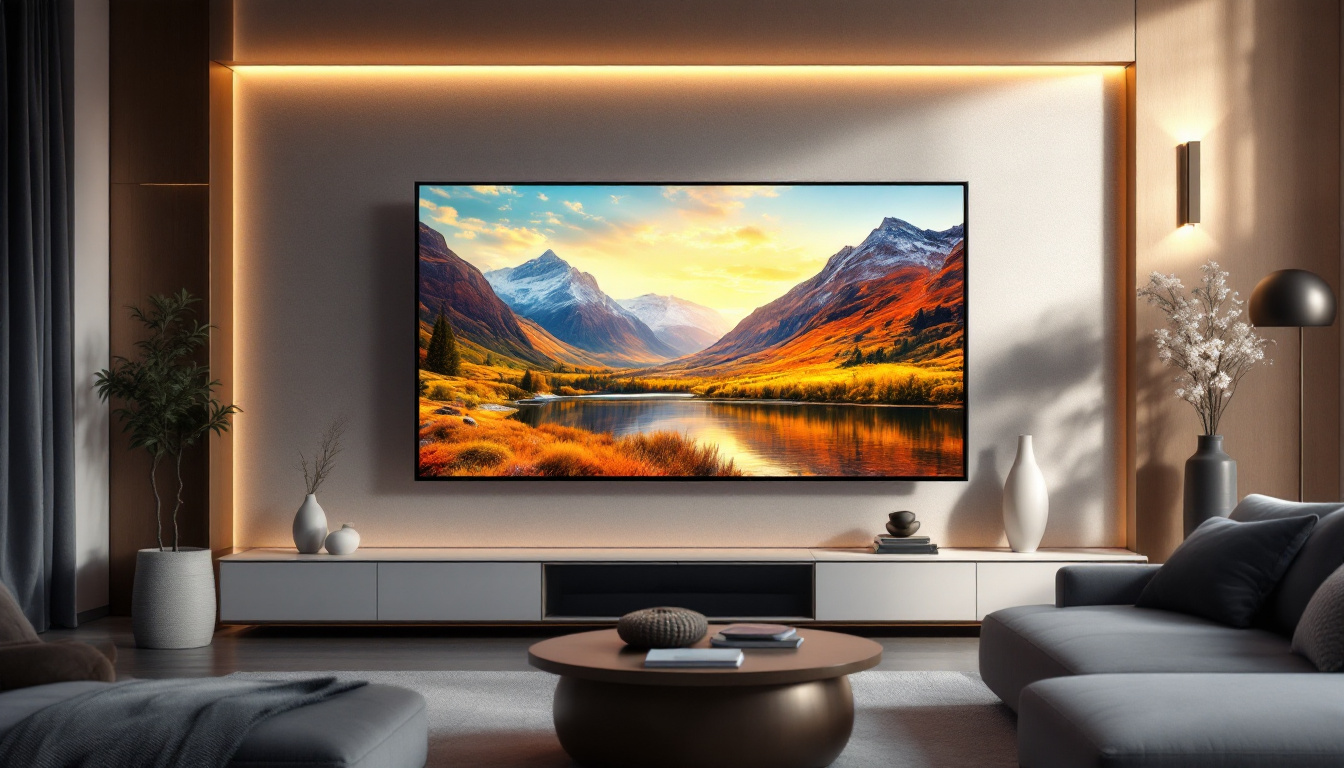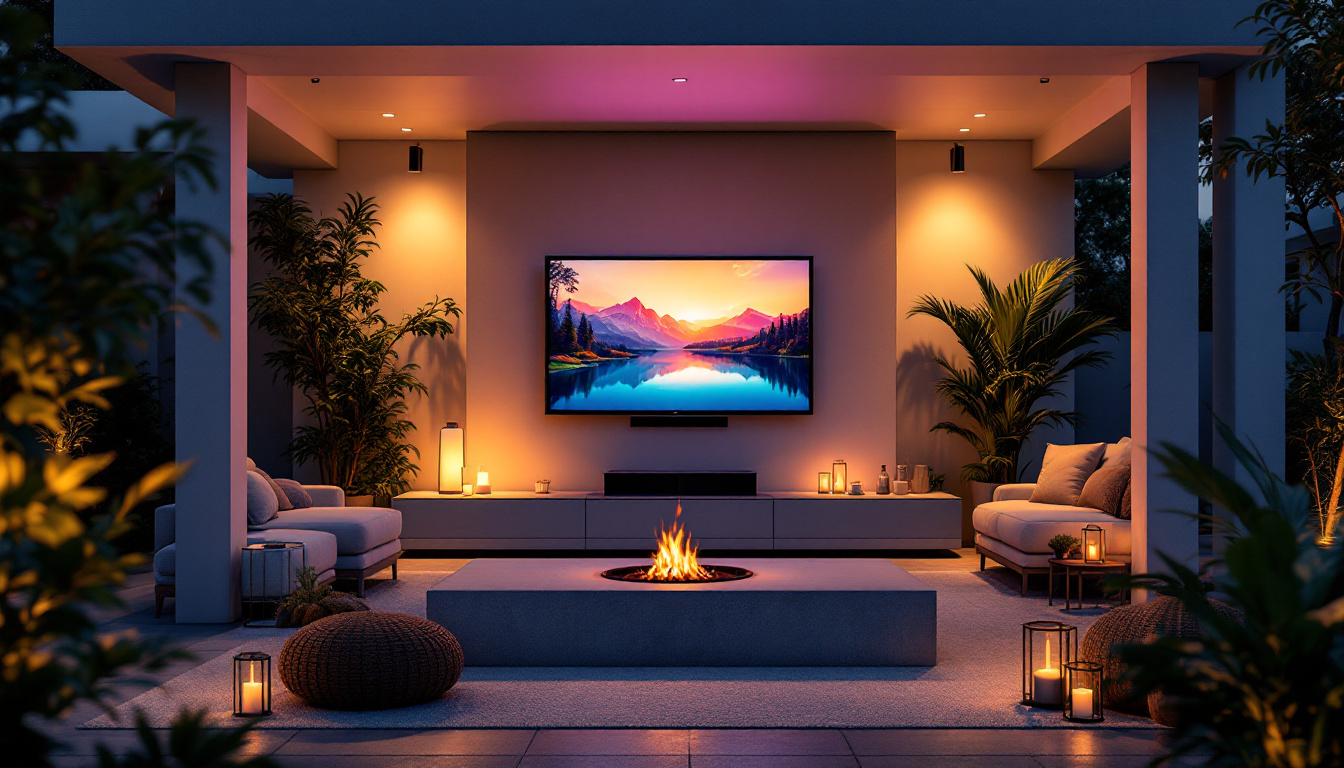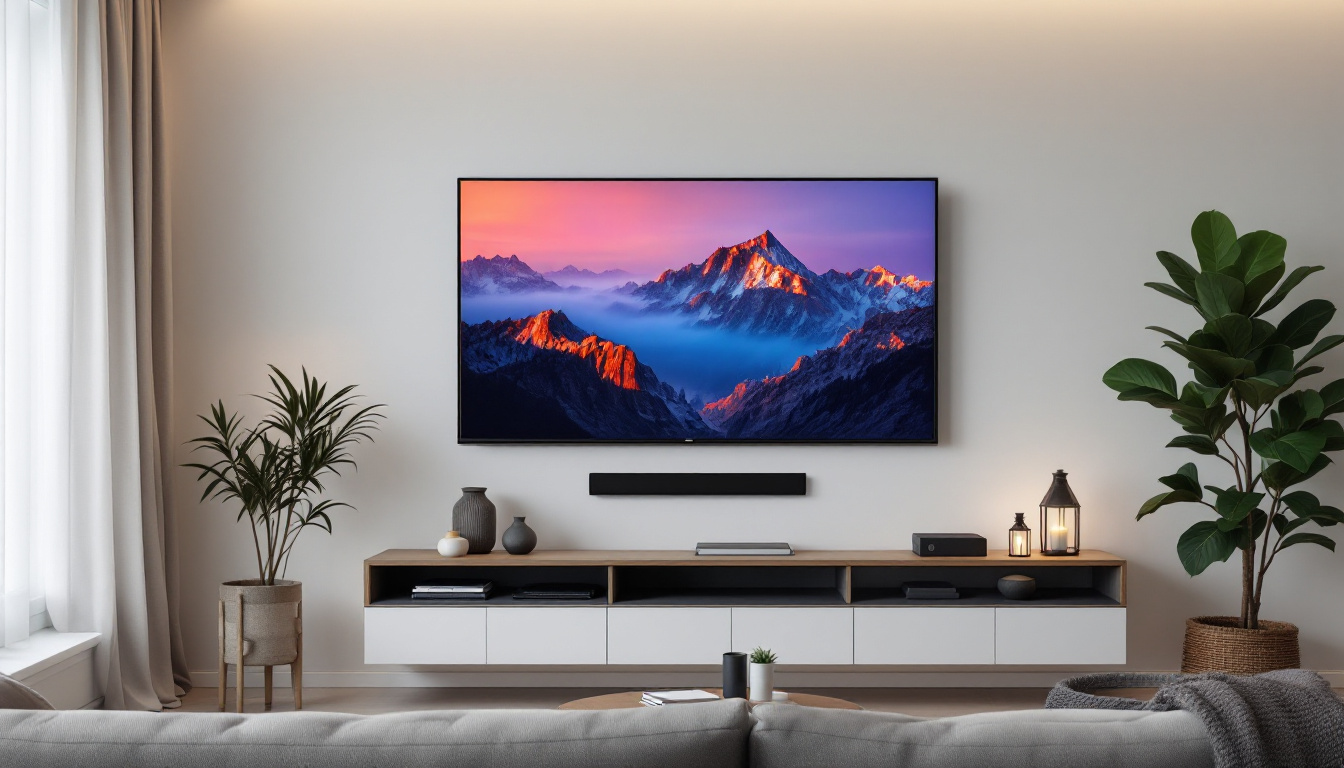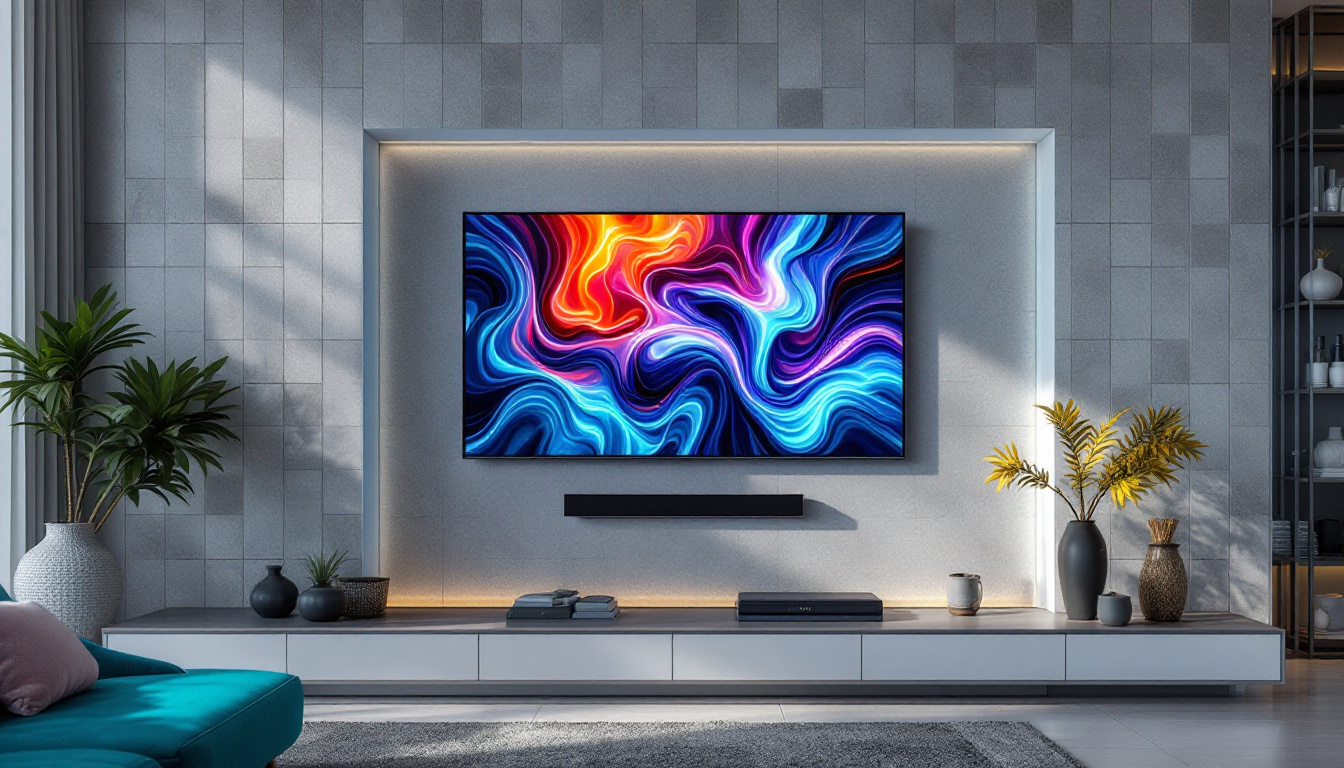In the ever-evolving world of television technology, LED panel TVs have emerged as a dominant force, captivating audiences with their vibrant displays and energy efficiency. Understanding how LED displays work can enhance the viewing experience and guide consumers in making informed choices. This article delves into the intricacies of LED panel TVs, exploring their technology, advantages, and various types available in the market.
What is an LED Panel TV?
LED panel TVs are a type of flat-screen television that utilizes light-emitting diodes (LEDs) to illuminate the display. Unlike traditional LCD TVs that use fluorescent backlighting, LED TVs provide a more energy-efficient and brighter viewing experience. The term “LED TV” is somewhat of a misnomer; these televisions are essentially LCD TVs that use LED technology for backlighting.
How LED Technology Works
At the core of LED panel TVs is the liquid crystal display (LCD) technology, which relies on liquid crystals to modulate light. The LEDs serve as the light source that illuminates the liquid crystals, allowing for the creation of images. The arrangement of these components is crucial for achieving optimal picture quality.
LEDs can be positioned in various configurations, such as edge-lit or backlit. Edge-lit LEDs are placed around the perimeter of the screen, while backlit LEDs are located directly behind the display. This distinction affects the brightness, contrast, and overall quality of the images produced. For instance, backlit configurations often provide deeper blacks and more uniform brightness across the screen, making them a popular choice for home theaters and serious movie enthusiasts.
Types of LED Panel TVs
There are several types of LED panel TVs available, each catering to different preferences and requirements. The most common types include:
- Standard LED TVs: These are the most basic form, utilizing edge-lit or direct-lit technology to provide decent picture quality and brightness.
- QLED TVs: Quantum Dot LED TVs enhance color accuracy and brightness by using quantum dots to improve the backlight, resulting in a more vibrant display.
- OLED TVs: Though technically not LED, OLED (Organic Light Emitting Diode) technology offers superior contrast and color reproduction by allowing each pixel to emit its own light.
In addition to these main categories, consumers may also encounter variations such as Mini-LED and MicroLED technologies. Mini-LEDs use thousands of tiny LEDs for backlighting, which can significantly improve local dimming and contrast ratios, while MicroLED represents a groundbreaking approach where each pixel is an individual LED, allowing for unparalleled brightness and color performance. These advancements in LED technology are pushing the boundaries of what is possible in television displays, promising a future where picture quality continues to improve dramatically.
Furthermore, the integration of smart technology into LED panel TVs has transformed the viewing experience. Many modern LED TVs come equipped with built-in streaming services, voice control capabilities, and connectivity options that allow users to easily access their favorite content. This convergence of display technology and smart features has made LED panel TVs not just a source of entertainment, but a central hub for home media consumption, appealing to a wide range of audiences from casual viewers to tech enthusiasts.
Advantages of LED Panel TVs
LED panel TVs have gained popularity for numerous reasons. Their advantages extend beyond just aesthetics; they offer practical benefits that enhance the viewing experience.
Energy Efficiency
One of the primary advantages of LED panel TVs is their energy efficiency. Compared to traditional LCD and plasma TVs, LED displays consume significantly less power. This not only reduces electricity bills but also contributes to a lower carbon footprint, making them an eco-friendly choice. Many LED TVs also come with energy-saving modes that automatically adjust brightness based on ambient light, further optimizing power usage without sacrificing quality.
Picture Quality
LED panel TVs are known for their superior picture quality, boasting brighter images and deeper blacks. The ability to achieve high levels of brightness makes them ideal for viewing in well-lit environments. Additionally, advancements in technology have led to improved contrast ratios, enhancing the overall visual experience. Features like HDR (High Dynamic Range) and 4K resolution have become standard in many models, providing viewers with stunning detail and vibrant colors that bring movies and shows to life like never before.
Thin and Lightweight Design
Modern LED panel TVs are designed to be sleek and lightweight, allowing for easy installation and a modern aesthetic. Their thin profiles enable wall mounting, making them a stylish addition to any living space. This design flexibility is particularly appealing for those looking to optimize their home entertainment setups. Furthermore, the lightweight nature of these TVs makes them easier to transport, allowing users to set up their viewing experience wherever they desire, whether it’s in a cozy living room or an outdoor gathering.
Smart Features
In addition to their impressive display capabilities, many LED panel TVs come equipped with smart features that enhance user experience. With built-in Wi-Fi and access to streaming services like Netflix, Hulu, and Amazon Prime, viewers can enjoy a vast library of content without the need for additional devices. Voice control compatibility and integration with smart home systems further streamline the user experience, allowing for seamless navigation and control of the TV through simple voice commands.
Longevity and Durability
Another significant advantage of LED panel TVs is their longevity and durability. Unlike older technologies, LED panels are less prone to burn-in, a common issue with plasma screens, which can lead to permanent image retention. Additionally, LED TVs typically have a longer lifespan, often lasting over a decade with proper care. This reliability makes them a wise investment for consumers looking for a long-term entertainment solution, ensuring that they can enjoy their favorite shows and movies for years to come without the need for frequent upgrades.
Understanding the Display Technology
To fully appreciate LED panel TVs, it is essential to understand the underlying display technology. The quality of the display can significantly impact the viewing experience, making it crucial to consider various factors.
Resolution
Resolution refers to the number of pixels that make up the display. Higher resolutions result in sharper images and finer details. Common resolutions for LED panel TVs include:
- Full HD (1920 x 1080): Provides a clear and detailed picture, suitable for most viewing needs.
- 4K Ultra HD (3840 x 2160): Offers four times the resolution of Full HD, delivering stunning detail and clarity.
- 8K Ultra HD (7680 x 4320): The latest in resolution technology, providing an incredibly sharp image, though content availability is still limited.
Refresh Rate
The refresh rate indicates how many times per second the image on the screen is updated. A higher refresh rate results in smoother motion, which is particularly beneficial for fast-paced content such as sports or action movies. Common refresh rates include:
- 60Hz: Standard refresh rate for most content.
- 120Hz: Provides smoother motion, ideal for gaming and fast-action scenes.
Color Accuracy and Gamut
The color accuracy and gamut of an LED panel TV determine how faithfully it reproduces colors. A wider color gamut allows for more vibrant and diverse colors, enhancing the overall viewing experience. Technologies like HDR (High Dynamic Range) further improve color accuracy and contrast, providing a more lifelike image.
Choosing the Right LED Panel TV
Selecting the right LED panel TV involves considering several factors that align with individual preferences and requirements. With numerous options available, making an informed choice is essential.
Screen Size
Screen size is one of the most critical factors when choosing an LED panel TV. The ideal size depends on the viewing distance and the space available. A larger screen may provide a more immersive experience, but it should not overwhelm the room. Guidelines suggest that the viewing distance should be approximately 1.5 to 2.5 times the diagonal screen size for optimal viewing.
Smart Features
Many modern LED panel TVs come equipped with smart features, allowing users to access streaming services, browse the internet, and utilize apps directly from the TV. When selecting a TV, consider the user interface, available apps, and connectivity options to ensure a seamless experience.
Budget Considerations
Budget plays a significant role in the decision-making process. LED panel TVs are available at various price points, with features and quality often reflecting the cost. Setting a budget and prioritizing essential features can help narrow down options and ensure a satisfactory purchase.
Maintaining Your LED Panel TV
Cleaning the Screen
Keeping the screen clean is essential for maintaining picture quality. Use a microfiber cloth to gently wipe the screen, avoiding harsh chemicals that can damage the display. Regular cleaning can prevent dust and fingerprints from affecting the viewing experience.
Optimal Settings
Adjusting the settings of the LED panel TV can enhance picture quality and reduce eye strain. Many TVs come with preset modes for different viewing scenarios, such as cinema or sports. Experimenting with these settings can help find the perfect balance for individual preferences.
Proper Placement
The placement of the TV can also impact its performance. Ensuring that the TV is positioned at eye level and away from direct sunlight can enhance the viewing experience. Additionally, proper ventilation is crucial to prevent overheating and maintain optimal performance.
Future of LED Panel TVs
The future of LED panel TVs looks promising, with ongoing advancements in technology and features. As consumer demands evolve, manufacturers are continuously innovating to enhance the viewing experience.
Emerging Technologies
New technologies, such as Mini-LED and MicroLED, are on the horizon, promising even better picture quality and energy efficiency. Mini-LED technology utilizes smaller LEDs for backlighting, allowing for improved contrast and brightness control. MicroLED, on the other hand, offers self-emissive pixels, similar to OLED, but with the benefits of LED technology.
Integration with Smart Home Systems
As smart home technology continues to gain traction, the integration of LED panel TVs with smart home systems is becoming more prevalent. This allows for seamless control of the TV alongside other smart devices, enhancing convenience and user experience.
Conclusion
LED panel TVs have revolutionized the way audiences experience visual entertainment. With their energy efficiency, superior picture quality, and sleek designs, they have become a staple in modern households. Understanding the technology behind LED displays, along with their advantages and maintenance, can empower consumers to make informed decisions when purchasing a television.
As technology continues to evolve, LED panel TVs will likely remain at the forefront of the industry, offering innovative features and enhanced viewing experiences. Whether for casual viewing or immersive gaming, these televisions cater to a wide range of preferences, making them a versatile choice for any home.
Discover the Future of Visual Entertainment with LumenMatrix
Ready to elevate your viewing experience with the latest in LED display technology? LumenMatrix is at the forefront of innovation, offering a wide range of LED display solutions that bring your visual entertainment to life. From stunning Indoor LED Walls to dynamic Outdoor LED Displays, and from versatile Vehicle LED Displays to sleek LED Poster Displays, our products are designed to captivate and engage. Explore our cutting-edge LED Sports Displays, interactive Floor LED Displays, and the revolutionary All-in-One LED Display. Experience the clarity and impact of our Custom LED Displays and LED Transparent Displays. Embrace the future of visual communication with LumenMatrix and transform the way you share your message. Check out LumenMatrix LED Display Solutions today and join the visual revolution!

